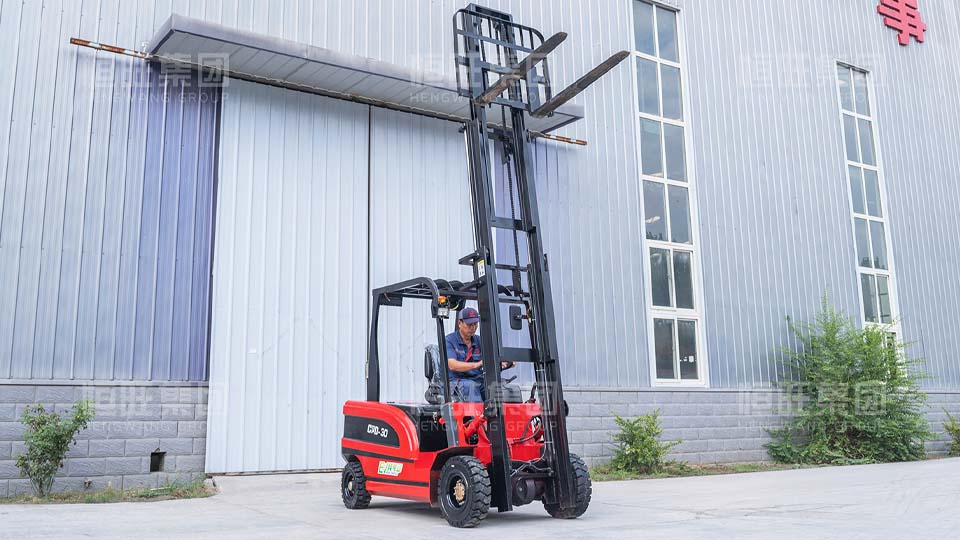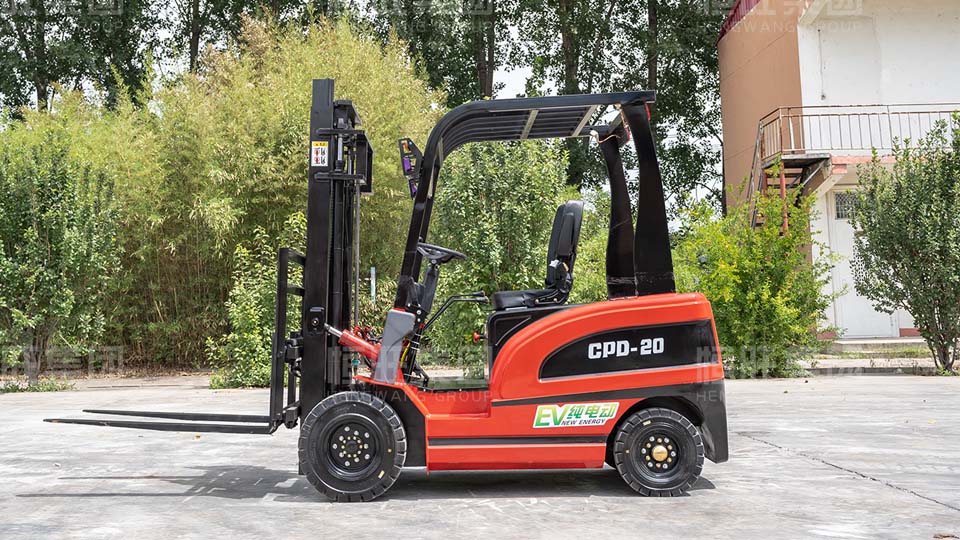When operating in cold storage facilities, choosing the right forklift for cold storage is crucial for ensuring handling efficiency, personnel safety, and operational cost-effectiveness. The unique low-temperature and humid environment in cold storage places strict requirements on forklift performance and adaptability. The following points detail how to choose the right forklift for cold storage:
I. Understand the Challenges of Cold Storage Operations
1. Extreme Low Temperatures
Cold storage temperatures can drop to -22°F (-30°C) or lower, causing components of ordinary forklifts to harden or become brittle, which reduces performance. Choosing the right forklift for cold storage is essential to withstand such extreme cold.
2. Moisture Corrosion
Condensation caused by temperature differences accelerates corrosion of metal parts and damages electronic components, highlighting the necessity of choosing the right forklift for cold storage.
3. Safety Hazards
Icy floors, reduced visibility due to fog, and frozen control handles increase accident risks, making it critical to choose the right forklift for cold storage.
4. High-Efficiency Operation Needs
Cold chain logistics require time-sensitive operations, and forklifts must maintain continuous efficiency. Choosing the right forklift for cold storage is key to ensuring smooth cargo flow.

II. Key Features of Cold Storage Forklifts
1. Low-Temperature Special Design
When choosing the right forklift for cold storage, select models with anti-freeze coatings, insulated pipes/wire harnesses, and low-temperature-resistant seals to prevent component failure in cold environments.
2. Anti-Skid Configurations
Equip with anti-skid tires or chains, and ensure the braking system is freeze-proof to enhance traction and braking reliability. This is an important criterion when choosing the right forklift for cold storage.
3. Cold-Resistant Power System
For electric forklifts, prioritize lithium-ion batteries, which offer higher discharge efficiency and stable runtime in low temperatures—key considerations for power when choosing the right forklift for cold storage.
4. Moisture-Proof Sealing
Electronic components like the electrical control system must be strictly sealed to prevent condensation intrusion and avoid electrical failures, a necessary feature when choosing the right forklift for cold storage.
5. Durable Materials
Use stainless steel, corrosion-resistant alloys, and reinforced key components to improve wear and deformation resistance, providing material references for choosing the right forklift for cold storage.
III. Factors to Consider When Choosing a Forklift
1. Operational Requirements
Determine the forklift's load capacity, lift height, size, and steering type based on cargo characteristics, rack height, and aisle width. This is the foundational basis for choosing the right forklift for cold storage.
2. Temperature Adaptability
Confirm the forklift's operational temperature range to ensure it withstands cold storage temperature fluctuations and minimizes downtime for maintenance—requirements for environmental adaptability when choosing the right forklift for cold storage.
3. Energy Efficiency
Evaluate energy consumption and select models with multiple energy-saving modes and high energy recovery to reduce operational costs, reflecting the role of choosing the right forklift for cold storage in cost control.
Maintenance Services
Choose brands with excellent after-sales support and abundant spare parts to ensure timely repairs, a key point for after-sales protection when choosing the right forklift for cold storage.
4. Cost Budget
Balance procurement, energy, and maintenance costs against service life and workload to assess cost-effectiveness and reasonably choose the right forklift for cold storage.

IV. Advantages of Choosing the Right Forklift
1. Improved Efficiency
The right forklift for cold storage reduces failures, efficiently handles and stacks cargo, and accelerates cold storage turnover.
2. Enhanced Safety
Professional designs minimize accident risks, protecting personnel and cargo integrity.
3. Cost Savings
Durable and energy-efficient designs extend forklift life, reducing maintenance and energy costs for lower overall expenses.
Conclusion
Choosing the right forklift for cold storage requires comprehensive consideration of operational challenges, forklift features, and operational needs. From low-temperature adaptability to cost-effectiveness, every aspect matters. For professional selection advice and high-quality forklifts, Hengwang provides reliable cold storage forklift solutions.

